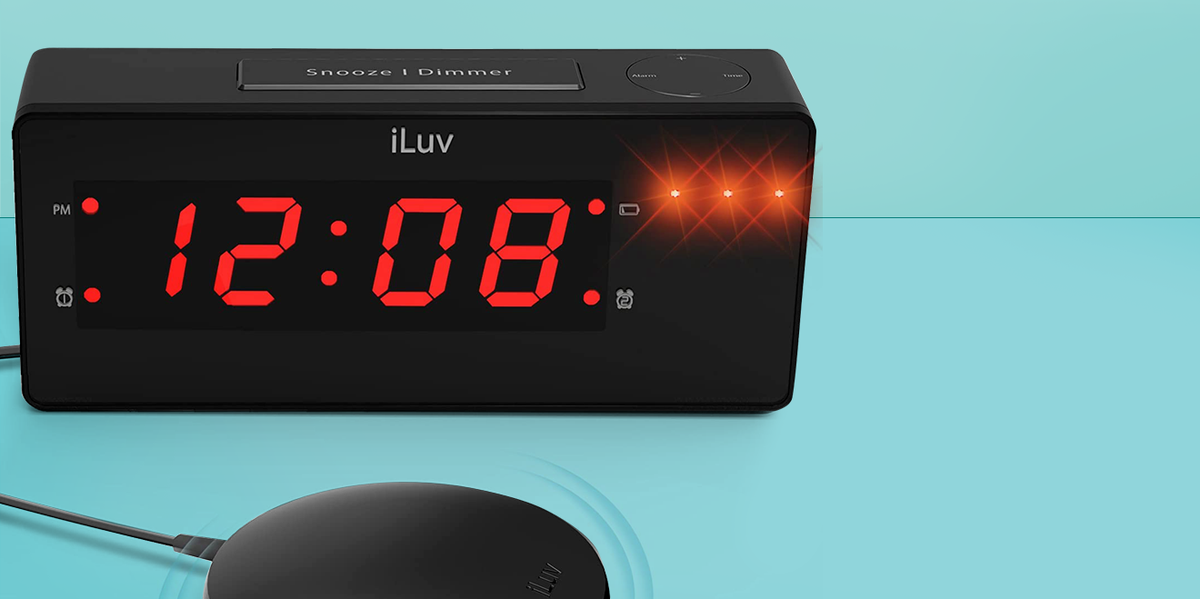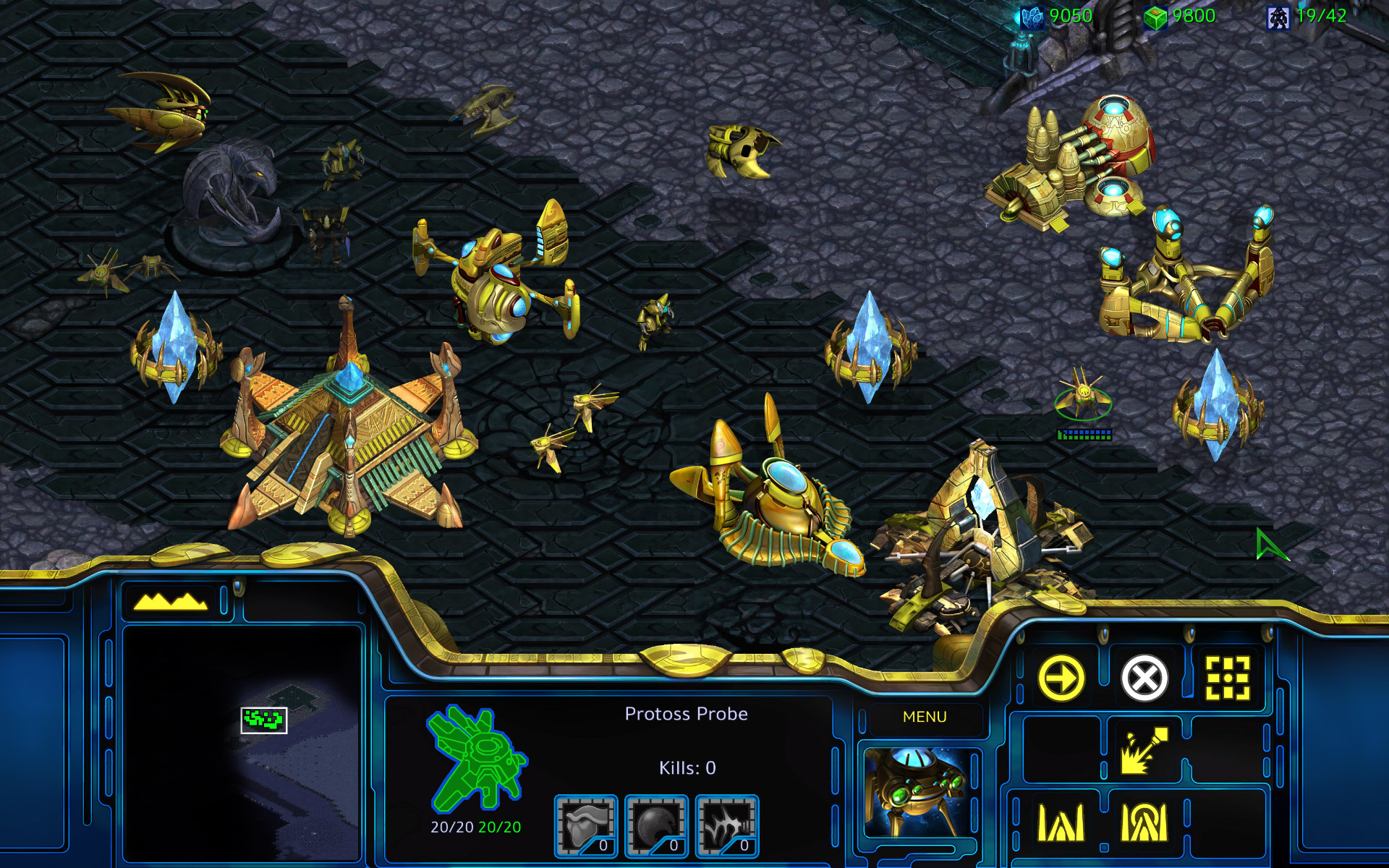Introduction
The clock for learning time has movable hands. It has three main modes, the first demonstrates how to tell the time using an analogue clock. The second mode uses the the clock hands as a way of learning angles. The third mode uses the clock as a way to help understand fractions. The clocked can be altered to change colors and its overall styling. Note in this activity different controls are shown depending on the current mode
Common Controls

The controls above the mode selector are always displayed. At the top you will see a digital clock, below are three buttons. Click the 12 button to display in normal 12 hour format with AM/PM. Click 24 button to change to the 24 hour format. Often you won't want to display the time at all, click off and the digital clock will disappear.
The clock can be used to display the current time (based on the clock of the computer you are using). Click the real time to toggle this feature. This is useful as children can observe how the clock changes throughout the day. For random time problems click the random button and the clock hands will spin to produce a random time. So this is great for lots of quick fire questions.
When the clock is not showing the actual real time, then small handles appear at the end of the hands, these and dragged into position.
- Using digital clock application will suit you.Digital clock is a great application to know the time and also what date is it just in case you forgot. Customize the way you want to look like with your screen.
- Wooden Digital clock electronic LED display, Personalized Wooden Clock, Table Alarm Clock, Wooden Digital Clock, Desk Multifunction clock DilanStore 5 out of 5 stars (24) $ 33.90 FREE shipping Add to Favorites Wood Alarm Clock Solid Wood 7.7.13.8cm Alarm Clock Thermometer Room Living Room Decoration Electronic Clock.
- IHome - IBT295B Bluetooth Digital FM Dual Alarm Clock - Black.
- The desktop digital clock is a desktop clock tool with beautiful interface, practical functions and easy operation. You can customize various themes and alarms of the clock and choose your favorite one; you can also choose whether to display the second hand on the main interface to make the time more specific; at the same time, you can set the wallpaper and sleep with one button, which is.
At the top you will see a digital clock, below are three buttons. Click the 12 button to display in normal 12 hour format with AM/PM. Click 24 button to change to the 24 hour format. Often you won't want to display the time at all, click off and the digital clock will disappear.
Time mode controls.
First select time mode, below are a set of controls. These can be used in time problems or to view how much time has elapsed when showing the actual real time. The first one displays the hours passed. The second one the minutes that have passed. Underneath reset button sets both back to zero.
So a brief example of how to use them would be click random time. Now ask what the class what time will be in say 1hour and 25 minutes. To demonstrate this click reset, so both minutes and hours are zero. Now drag the clock hand forward until the hours is 1 and the minutes is 25. The clock now displays the answer to the initial problem.
Angles mode
Clocks have always been a useful way to teach about angles. This clock has angle measurements built in. First set the mode to angles, to get the control set.

In angles mode you will now see a protractor button click it to toggle the display of the protractor. Next is the auto toggle button, click to turn it on and you will notice the protractor lines up automatically to measure the angle. Move the clock hands and the protractor will follow. Below the protractor button is a slider use this to change the size of the protractor. When measuring angles the large clock hands can be made thin for better accuracy by clicking thin. To display the angle click Ang, and click Arc to display the angle arc. When dragging the minute hand it currently snaps to the nearest minute, turn this feature off by clicking snap. Finally the type of angle can be changed using the select control. So you can choose the angle between the hour hand and minute hand, both clockwise and anti-clockwise. Or measure the angle of the second hand from 12 o'clock. This works very well with the realtime setting as children can see a full angle of 360° turned every minute. This helps learning of key angles such as 0°, 90°, 270° etc. Also conversions such as 30 secs * 6 = 180°
Fractions mode
Select fraction on the mode control to use the clock to teach fractions. Time statements such as 'a quarter past', 'half past' and 'a quarter to' obviously are linked to fraction.
In the fraction mode a circle sector is painted from 12 o'clock to the minute hand position. Two large fractions are displayed the fraction of an hour shows the unsimplified fraction of minutes÷60. The simplified fraction is the same fraction cancelled down when possible.
The simple button toggles removal of the hour and second hands to give a simplified view. You can also click thin to toggle the thinner clock hands. The clock is divided according to the divider lines control. The default setting is auto, this divides the clock according to the fraction displayed. Essentially the clock is divided depending on the simplified fraction. However you can turn off auto mode and divide the clock according to the number selected.
Digital Clock App
Percentages can also be shown by clicking to toggle the percentage display.
Digital Clocks Vs Analog
Styling the Clock

Select the style mode to access controls. So for example to change the colour of the numbers, click numbers followed by a colour from the colourpicker. To remove the numbers completely click 'X' in the colour picker. You can do this with other parts of the clock too, which obviously can make reading the clock more difficult.
Related activities
Digital Clock Software
Further lessons on the telling the time involve comparison of two different times the two clocks activity is excellent in this regard and can also generate time questions.
Digital Clock Invention
To expand on the angles try Basic angles which can be used to examine types of angles such as acute,obtuse and reflex. It can also so be used to create many different types of random angle problems.
Digital Wall Clocks

Digital Clock Clip Art
Having seen a circular fraction in this activity, the interactive fraction wall can also be used for further teaching of fractions.
